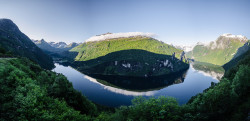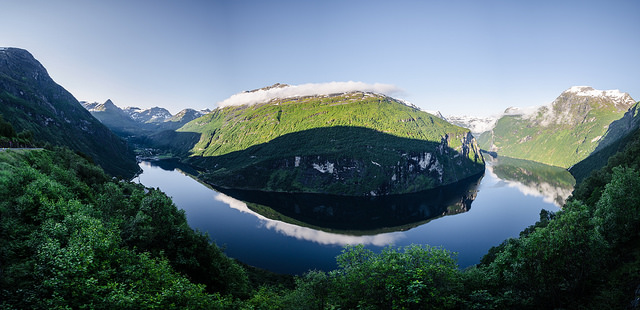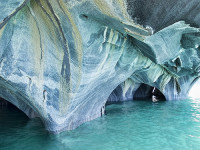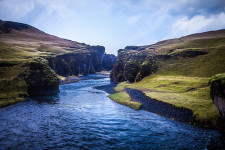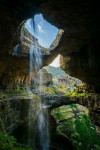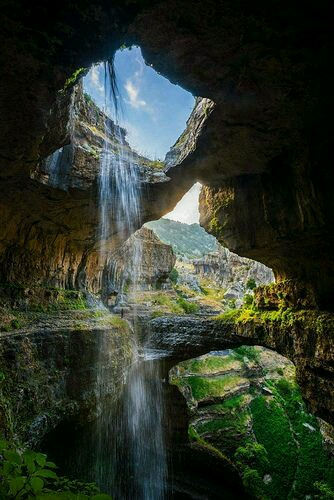
Prskalo Waterfall is one powerful sprinkler.
- Prskalo Waterfall is a unique waterfall located in the Kučaj Mountains in the eastern area of Serbia, Europe, in the Nekudovo River Valley.
- The name ‘Prskalo’ in reference to the Prskalo Waterfall, can be translated as ‘splashed’ in the native language.
- Prskalo Waterfall is known for its towering tapered cliff-like shape, that drops water through a small channel.
- Prskalo Waterfall is quite isolated, accessible only by venturing through a rough deserted forest road.
- A small spring located upstream provides the water for Prskalo Waterfall, and despite the waterfall’s small size, the water that drops has a quite powerful force.

Prskalo Waterfall
Disclaimer: image found online and assumed public domain
- The appearance of Prskalo Waterfall cliff is often compared to a large man-made artistic structure, due to its unusual narrow cliff form, with the waterfall situated centrally at the end.
- Prskalo Waterfall is located at an elevation of approximately 760 metres (2493 feet) and is approximately 17 kilometres (10.6 miles) from the closest sealed road.
- Layers of limestone rock, known as ‘tufa’, forms the majority of the natural structure that is Prskalo Waterfall.
- The height of the Prskalo Waterfall is between 12 and 15 metres (39 to 49 feet).
- In winter, Prskalo Waterfall freezes over, while in early spring and after rain there is much more water flowing in the fall, and in summer it generally has less water.
Bibliography:
Prskalo Waterfall, 2016, This is Serbia, http://serbia.vavok.net/page/waterfall-prskalo/
Prskalo Waterfall – Unique Natural Wonder of Serbia, 2015, Slavs, http://meettheslavs.com/prskalo-waterfall-unique-natural-wonder-of-serbia/
These places really are in Serbia # 4, n.d, Cicimici, http://cicimici.rs/index.php?option=com_content&view=article&id=153&Itemid=148&lang=en
Top Jeeper’s Camping Spots of Eastern Serbia, 2013, Serbian Outdoor 4×4, http://4×4.serbianoutdoor.com/2013/08/top-camping-spots/
Waterfall Prskalo 2, 2015, Summit Post, http://www.summitpost.org/waterfall-prskalo-2/263205






